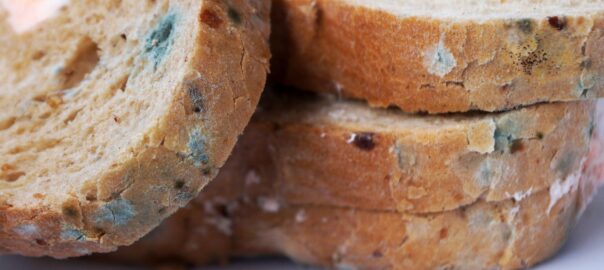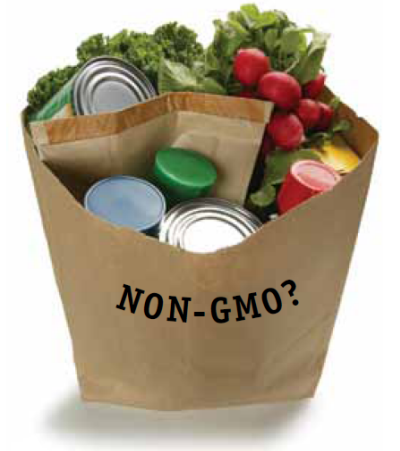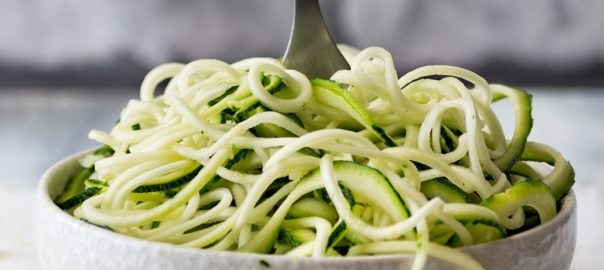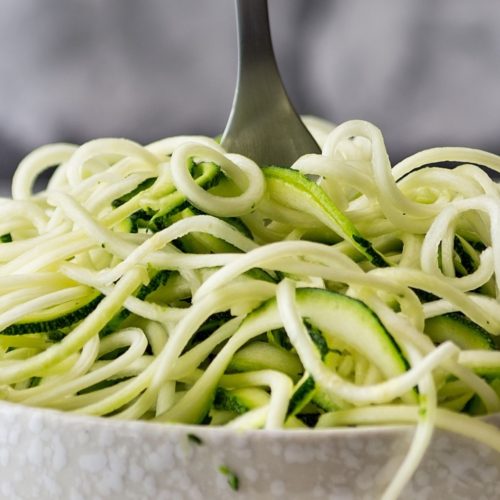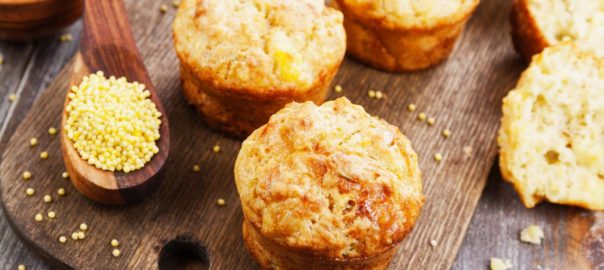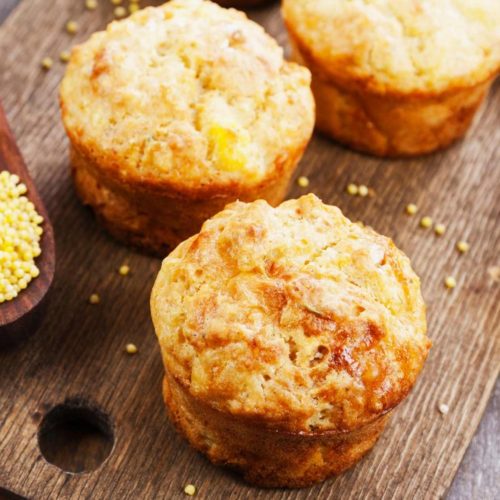Under the what's-in-your-food catgory...an article caught my attention at the beginning of the week about reconditioned food.
I'll be totally honest with you and share that this idea never ever crossed my mind. I assumed that if food was in any way spoiled it needed to be discarded.
This article, however, made it abundantly clear that this is not the case. The fact that the company in question only received a "sharp censure" from the FDA is truly wrong.
In Home Ec (as we used to call it) I remember being taught in the sixth grade that soft foods with any hint of mold, discoloration, or odor should be immediately destroyed as bacteria travelled quickly through them, whereas in hard foods they are more localized. I don't know about you but in my book applesauce is a soft food.
FDA Guidelines vs. Common Sense
The FDA has a manual that talks about food reconditioning. But just because you can doesn't mean you should. With the increasing rates of food recalls due to bacterial infections, poor sanitary conditions and massive outbreaks of illness why is our government willing to allow corporations to knowingly serve bad food for profit? Silly question...we all know the answer is money.
Eat Real Food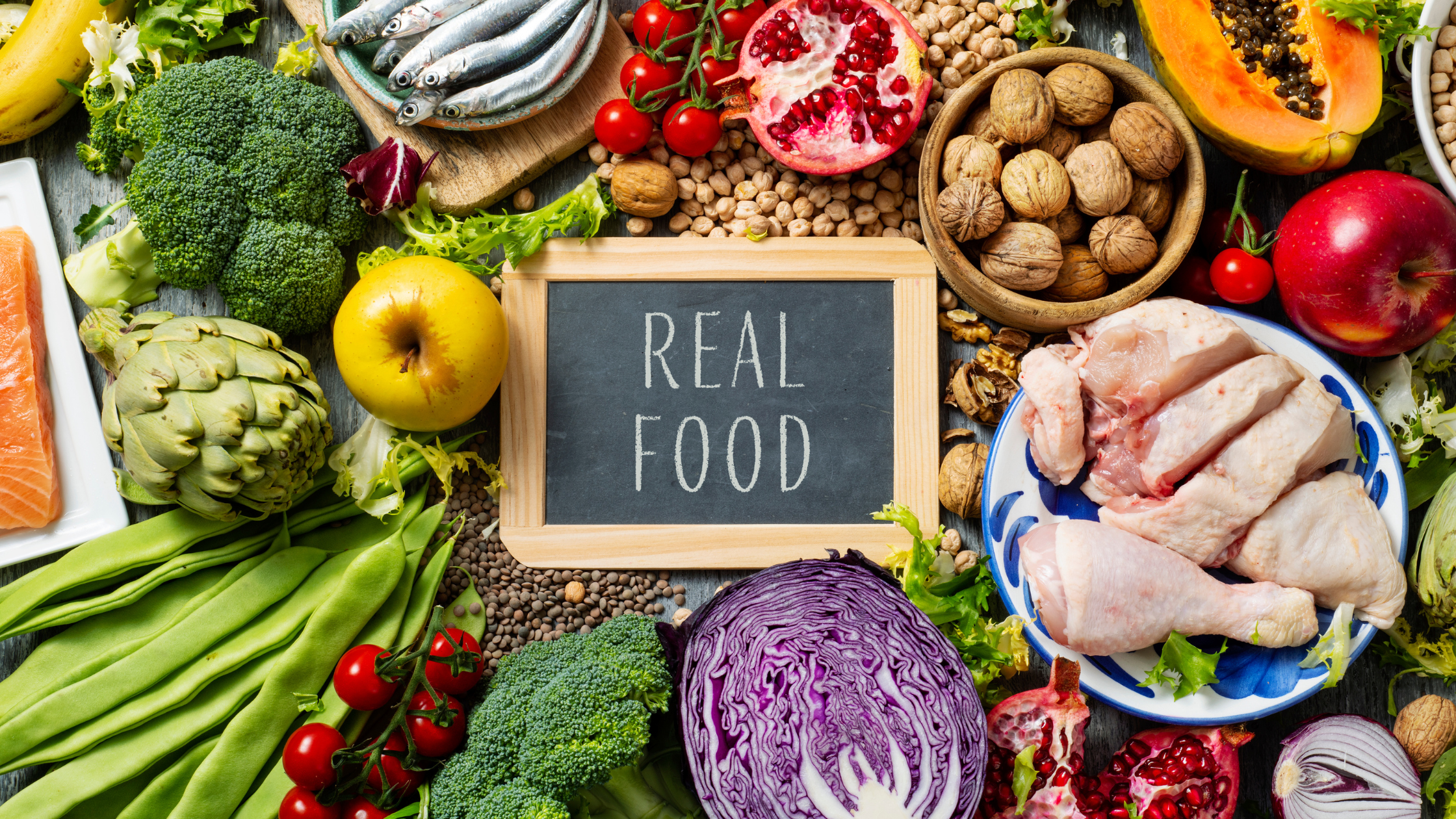
As a consumer the answer boils down to what is one of my top catch phrases...eat real food. Do I buy some packaged foods, yes I do. But I try to buy as little as possible, purchasing most of our groceries as whole food and then making the items myself. We have already severely reduced our canned goods (most of what we have on hand is in our emergency preparedness closet), and are weaning ourselves off of most snack foods. This last is not so popular with our teens but we certainly don't have nearly as much as we used to. I also get more and more products from local sources that I trust.
Taking Action
The more I learn, the more I am motivated to make things myself. For example learning that "an average of 225 insect fragments or 4.5 rodent hairs per 8 ounces of macaroni or noodle products." is okay is motivating me to get out the pasta maker again. I still, and always will, throw out whatever is contaminated in my house. When we have had a moth infestation everything they got into was destroyed. That's why my dry goods are stored in glass or plastic, to keep them out. Hard food products can be washed, and cleaned so although I don't like it I understand how it can be allowed in a case like the one in Illinois. But it's motivated me to double check the pantry seals on things.
The FDA has set up a Reportable Food Registry which is a first step. But I believe they need to know that this practice is unacceptable. What are your thoughts on the matter?

